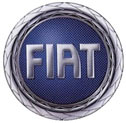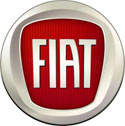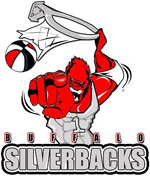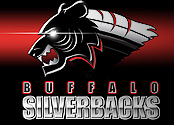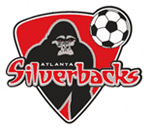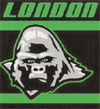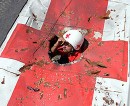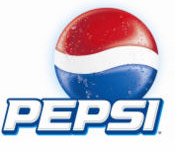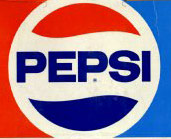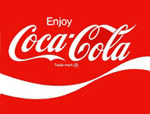Future Shock’s Alvin Toffler on mental models
November 14th, 2006
 Future Shock was written in 1970 by Alvin Toffler. It takes a stab at trying to understand how we (back then) would adapt to the future. In some of his predictions, Toffler was remarkably prescient. Gay marriage is a fact of life in many countries, and ‘homosexual daddies’ are a feature of today’s society. Yet on other points it has been quite wrong; there are no underwater cities, for instance.
Future Shock was written in 1970 by Alvin Toffler. It takes a stab at trying to understand how we (back then) would adapt to the future. In some of his predictions, Toffler was remarkably prescient. Gay marriage is a fact of life in many countries, and ‘homosexual daddies’ are a feature of today’s society. Yet on other points it has been quite wrong; there are no underwater cities, for instance.
I’ve included one quote I thought pertained to visual literacy and culture. Toffler here is talking about the way we must constantly update our ‘mental models’ of the world.
A new image that clearly fits somewhere into a subject matter slot, and which is consistent with images already stored there, gives us little difficulty. But if, as happens increasingly, the image is ambiguous, if it is inconsistent, or , worse yet, if it flies in the face of our previous inferences, the mental model has to be forcibly revised. Large numbers of images may have to be reclassified, shuffled, changed again until a suitable integration is found. Sometimes whole groups of image-structures have to be torn down and rebuilt. In extreme cases, the basic shape of the whole model has to be drastically overhauled.
Thus the mental model model must be seen not as a static library of images, but as a living entity, tightly charged with energy and activity. It is not a ‘given’ that we passively receive from the outside. Rather, it is something we actively construct and reconstruct from moment to moment. Restlessly scanning the outer world with our senses, probing for information relevant to our needs and desires, we engage in a constant process of rearrangement and updating…
It requires high energy to keep the system operating…. To maintain our adaptive balance, to keep the gap [between what we beleive and what really is] within manageable proportions, we struggle to refresh our imagery, to keep it up-to-date, to relearn reality. Thus the accelerative thrust outside us finds a corresponding speed-up in the adapting individual. Our image-processing mechanisms, whatever they may be, are driven to operate at higher and higher speeds. (Page 178-179)
I find that this passage, written some 36 years ago, is still relevant to today’s world. On page 180 Toffler goes on to conclude:
The process of image formation and classification is, in the end, a physical process, dependent upon finite characteristics of nerve cells and body chemicals. In the neural system as now constitued there are, in all likelihiood, inherent limits to the amount and speed of image processing that the individual can accomplish. How fast and how continuously can the individual revise his inner images behore he smashes up against these limits?
Nobody knows. It may well be that the limits stretch so far beyond present needs, that such gloomy speculations are unjustfied. Yet one salient fact commands attention: by speeding up change in the outer world, we compel the indivuidal to relearn his environment at every moment.



